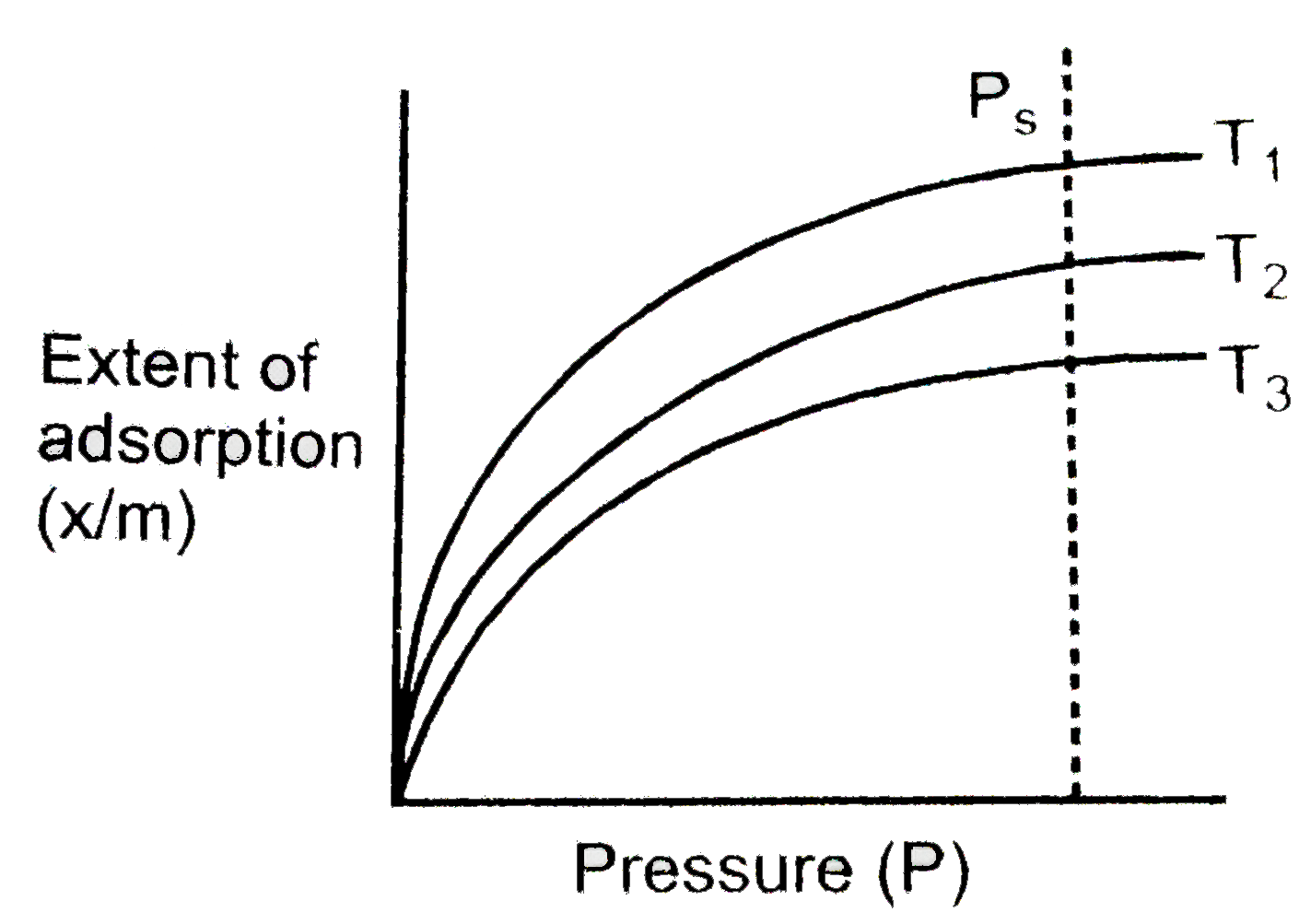In the decay process:
A−α−−→B−β−−→C−β−−→D
a)A and B are isodiaphers
b)A and C are isotones
c)A and C are isotopes
d)B,C and D are isobarsSolution in Punjabi
A and B are isobars
A and D are isotopes
B,C and D are isobars
A and C are isotones
The correct Answer is:B, C
Step by step video & image solution for In the decay process: A overset(- alpha)rarr B overset(-beta)rarr C overset(-beta)rarr D a)A and B are isodiaphers b)A and C are isotones c)A and C are isotopes d)B, C and D are isobars by Chemistry experts to help you in doubts & scoring excellent marks in Class 12 exams.
Updated on:21/07/2023Topper's Solved these Questions
- CHEMICAL KINETIC & NUCLEAR CHEMISTRYBOOK - NARENDRA AWASTHICHAPTER - CHEMICAL KINETIC & NUCLEAR CHEMISTRYEXERCISE - Level 1 (Q.3 To Q.32)
1 Videos
- CHEMICAL KINETIC & NUCLEAR CHEMISTRYBOOK - NARENDRA AWASTHICHAPTER - CHEMICAL KINETIC & NUCLEAR CHEMISTRYEXERCISE - Level 1 (Q.33 To Q.62)
2 Videos
- SURFACE CHEMISTRYBOOK - NARENDRA AWASTHICHAPTER - SURFACE CHEMISTRYEXERCISE - Level -2
1 Videos
Similar Questions
The following data pertain to reaction between A and B
S.No[A][B]RatemolL−1molL−1molL−1sec−1I1×10−22×10−22×10−4II2×10−22×10−24×10−4III2×10−24×10−28×10−4
Which of the following interference(s) can be drawn from the above data
(a) Rate constatnt of the reaction 10−4
(b) Rate law of reaction is k[A][B]
(c ) Rate of reaction increases four times on doubling the concentration of both the reactant Select the correct answer codes:
a) a,b and C
b) a and b
c) b and c
d) c alone
View Solutioncolumn Icolumn IIP.Zero order reaction1.t1/2α1[A]0Q.First order reaction2.t100%=[A]0/kR.second order reactions3.Involves at least two reactantsS.Pseudo unimolecular reaction4.[A]=[A]0e−kt
View Solutionfor the graph below, select correct order of temperture ?

View SolutionA radioactive element A disintegrates in the following manner: A overset(- a)rarr B overset(-beta)rarr C overset(-beta) D Which one (s) the elements A, B, C , and D are isotope (s) and which one (s) is//are isobar(s)?
View SolutionIn the sequence of the reaction A overset(-beta)rarr B overset(-beta)rarr C overset(-alpha)rarr D , what is the relationship between D and A ?
View SolutionIn the decay process: A overset(- alpha)rarr B overset(-beta)rarr C overset(-beta)rarr D
View SolutionIn the decay process: A overset(-alpha)(to) B overset(-alpHa)(to) C overset(-beta)(to)C 1. A and B are isobars 2. A and D are isotopes 3. C and D are isobars 4. A and C are isobars The correct answer is :
View SolutionIn the given reaction ._(92)U^(235) overset(-alpha)rarr (A) overset(-beta)rarr (B) overset(-beta)rarr (C) isotopes are
View SolutionIf overset(rarr)A=overset(rarr)B+overset(rarr)C and the magnitude of overset(rarr)A, overset(rarr)B and overset(rarr)C are 5,4 and 3 units respectively the angle between overset(rarr)A and overset(rarr)C is
View SolutionIf overset(rarr)A+overset(rarr)B+overset(rarr)C =0 and A = B + C, the angle between overset(rarr)A and overset(rarr)B is :
View SolutionIdentify A,B, C and D "Ethanoic acid" overset(SOCl_(2))(rarr)(A) overset(Pd//BaSO_(4))(rarr)(B) overset(NaOH)(rarr)(C) overset(Delta)(rarr)(D)
View SolutionIdentify organic compounds [A, B, C, D]: C_6H_5COOH overset(NH_3)rarr A overset(তাপ)rarr B overset(P_2O_5)rarr C underset(অ্যালকোহল)overset(Na)rarr D
View Solutionউপযুক্ত বিকারক [A,B,C,D,E] উল্লেখ করো: HCHOA−−→CH3OHB−−→CH3BrC−−→CH3CN(i)D−−−→(ii)ECH3CHO
View SolutionSelect the correct statements for the following decay chain A−α−−→B−β−−→C−β−−→D
View SolutionIn the decay process: A overset(- alpha)rarr B overset(-beta)rarr C overset(-beta)rarr D a) A and B are isodiaphers b) A and C are isotones c) A and C are isotopes d) B, C and D are isobars
View SolutionIdentify A, B, C, D.
CH3INa−−→EtherACl2−−→hvBAq.NaOH−−−−−→C170∘C−−−−−−−→Conc.H2SO4D
View Solution
